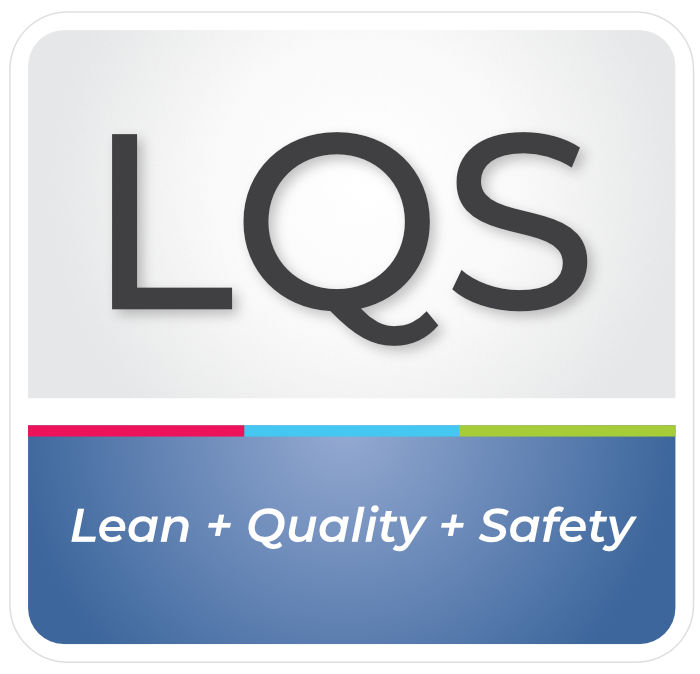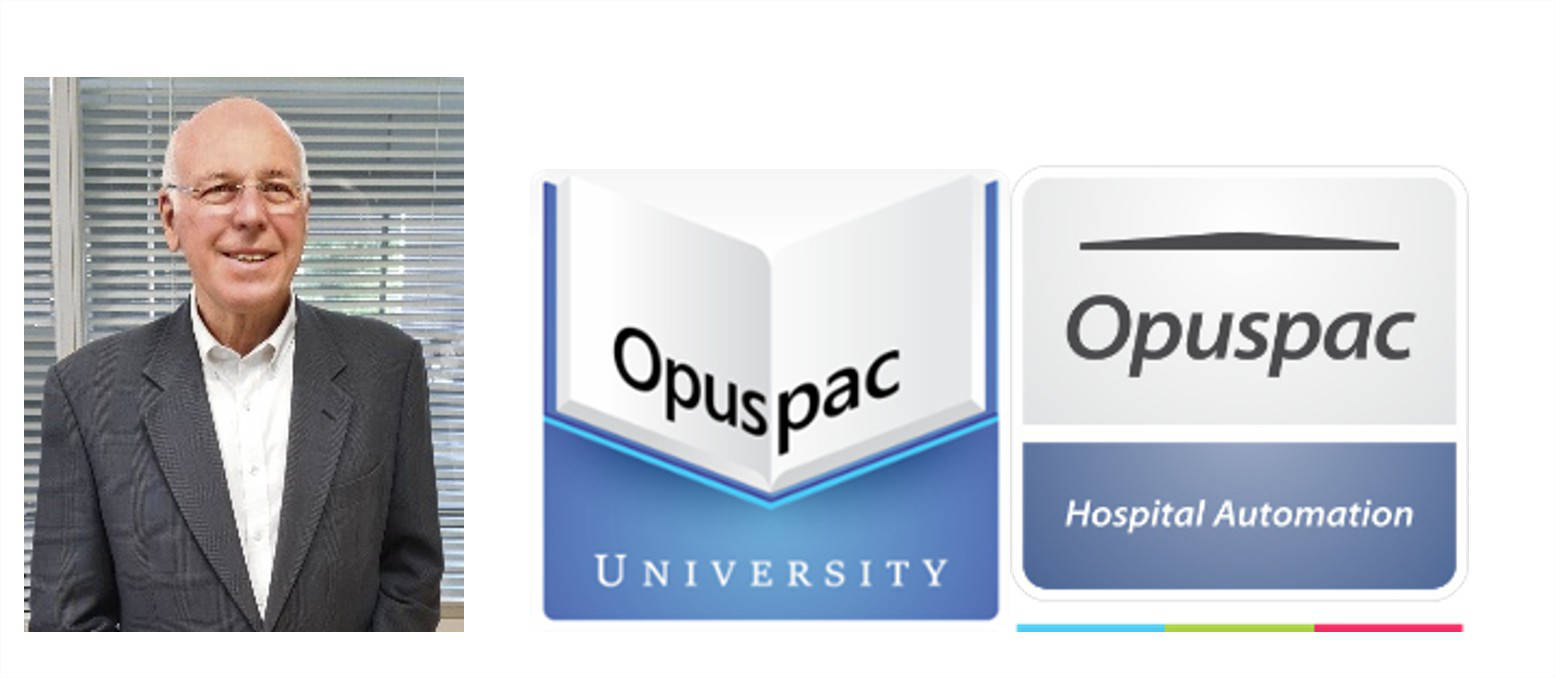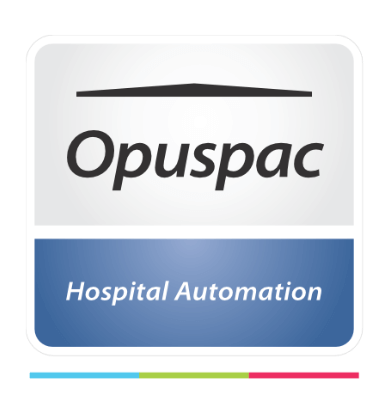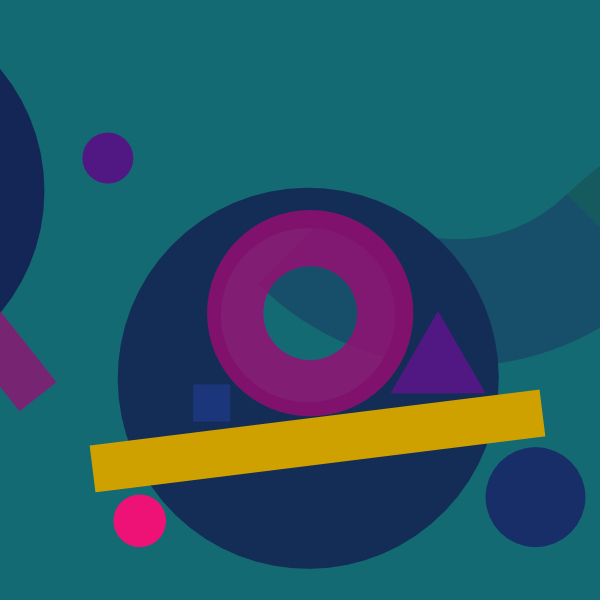We write again on this topic, because in these times, in the face of cost increases, it seems that the Health sector needs a “retrofit” and although we are very excited about the new technologies AI, IoT, 5G, telemedicine and others, we believe that there are many things to do with disruptive solutions, although less “technological”.
As I mention in my book “The manager’s dilemma”, if the current waste in hospitals is 30%, reducing 1/3 will have 10% more savings, that is, it will almost certainly double your economic results.
The specific tool to reduce waste is Lean Healthcare, already used in some institutions in Brazil and with many success stories in the US, Lean is a culture and a vision of two processes and not just an extensive set of tools.
Lean thinking, which was born with the Toyota Manufacturing System and today is applied to all kinds of activities, is to be able to visualize what “does not add value to the end customer” to be corrected in a timely manner. This end customer can be a patient, or a process to which we have to add value.
Many of the Quality tools: PDCA, Ishikawa, DMAIC, Pareto, 5W2H, HFMEA, etc., are the same in Lean Healthcare and Patient Safety, and the objectives are complementary. That is why we have created, in our companies, the LQS core, that is: Lean + Quality + Safety, concentrating activities and eliminating redundancies and unnecessary meetings.

As in other situations, if we do not develop the culture first, the strategic change will not be sustainable over time and we will go back. Unfortunately, this happens very often.
Therefore, it is absolutely necessary to implement the (Lean) culture with the full support of the highest levels of the organization. Since the results will not come immediately, if Lean leaders have to show monthly results, the Lean transformation will not happen.
Lean tools, starting with the best known:
- Kaizen, or continuous improvement, following each problem and delving into the root causes.
- Just in time, that is, elimination or strong reduction of inventories. Synchronization between needs and availability of resources or products.
- Genchi GenbutsuIt means seeing the problems for yourself rather than the facts, giving priority to acting on the reports of others.
- Jidoka, the quality is done, instead of checking later. Each one does and controls what he has finished executing.
- Kanban, work with batches of products that move through cards that initiate the order of a replenishment batch.
- Poka yoke, systems to stop an action, prevent an error or induce to proceed in a certain way.
- 5S keep the workplace organized and orderly, to facilitate the operation and avoid errors and waste.
- Agile management, Scrum and Sprint tools. Already widely used to develop projects of any kind.
- Teamwork, the team is always stronger than the individual.
- 4P is Toyota’s scientific thinking: Philosophy: long-term thinking; Process: improve flows until reaching the customer; People: Every outcome involves people, and Lean emphasizes the respect, growth, and challenges of each individual; Problem Solving: Scientific thinking oriented towards a desired future. More information in “The Toyota Way” by Jeffrey K. Liker.
The study and optimization of process flows has a predominant value in the Lean philosophy, as well as the reduction of inventories within these flows.
Finally, we want to point out that the reduction of inventories implies the recovery of working capital, for other more productive purposes within the organization.
LQS It is the way, together with the automation of processes, to improve the situation of all the actors of the Health system.
I recommend reading the book “On the Mend” by John Toussaint et al, related to Lean Healthcare, available in English on digital platforms.

Victor Basso
Director of Opuspac University (corporate university)













